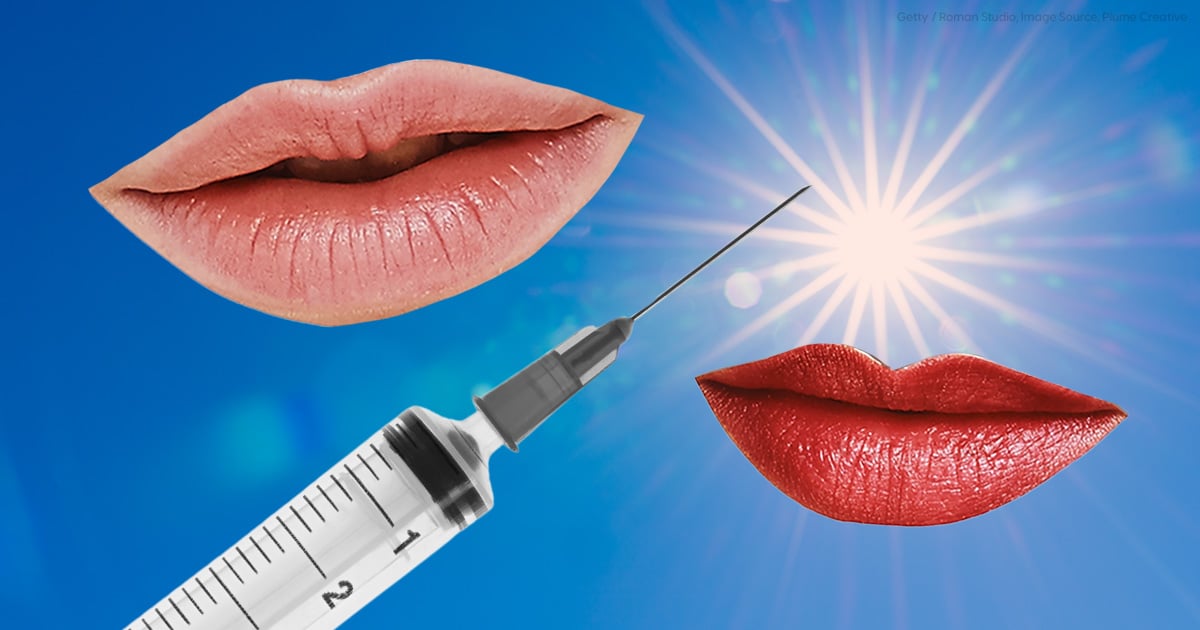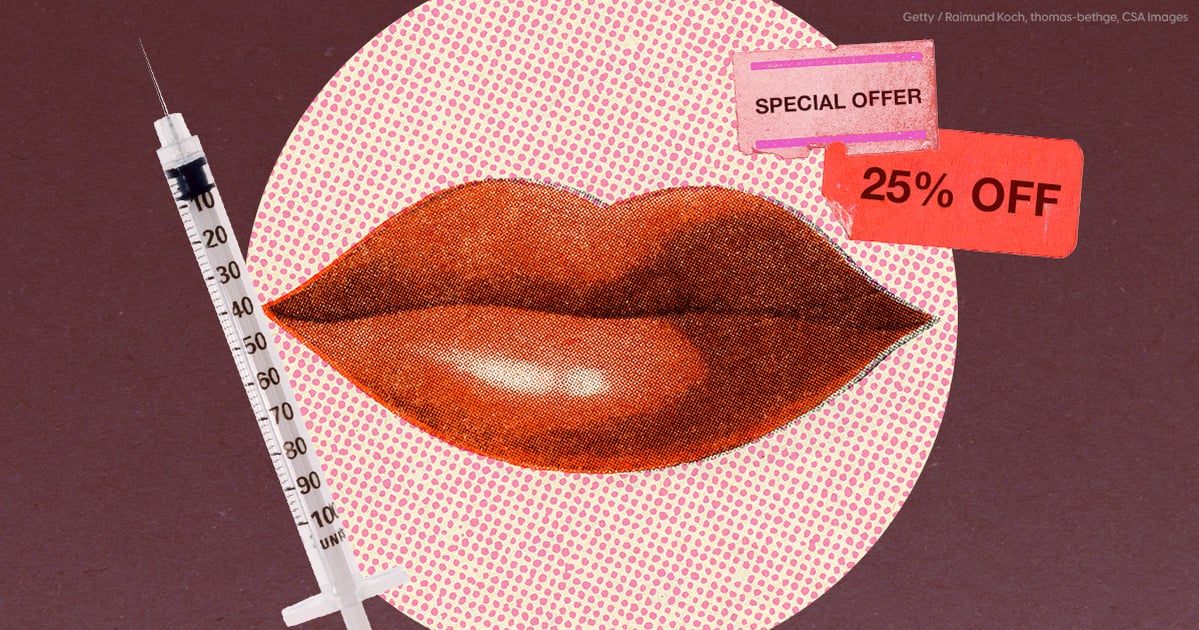Let’s be real: when it comes to your body, you should do whatever you want as long as it makes you happy. In our opinion, that includes basic self-care rituals, like manicures and haircuts, as well as bigger things, like injectables and plastic surgery. These days, it’s become more common to talk about things like Botox and dermal fillers. Not only have celebrities become more open about their experiences, but the general topic has become more accepted.
Of course, if you’re spending your hard-earned cash on these treatments, chances are, you want the effects to last as long as possible. Recently, there’s been some buzz that sun exposure can cause fillers to break down faster than expected. With the warmer months just around the corner and plans to spend more time outdoors, the topic is worth exploring. Curious about whether or not there was any truth to the claims, we reached out to our roster of experts for information on the subject.
Ahead, doctors break down everything to know, including what dermal fillers are and whether or not sun exposure affects them. Keep reading to learn more.
What Are Dermal Fillers?
Usha Rajagopal, MD, plastic surgeon and director of San Francisco Plastic Surgery and Laser Center, says that dermal fillers are injectable substances used to reduce the appearance of sagging skin, wrinkles and fine lines, and to add volume back to the face. There are several different types of fillers, with hyaluronic acid-based being the most common. “Although hyaluronic acid occurs naturally, fillers containing it are synthesized in a lab from synthetic sources,” Dr. Rajagopal tells PS.
According to Kunal Malik, MD, board-certified dermatologist, other popular types of fillers include poly-L lactic acid, an injectable biostimulator that stimulates the body to produce its own collagen, and calcium hydroxyapatite, which is made from calcium and is used to fill in deeper lines.
Can Sun Exposure Affect Filler?
In short, yes, it can. This happens in two main ways. “UV exposure can accelerate the breakdown of collagen and elastin in the skin, which can make the effects of fillers diminish faster than they would otherwise,” Lara L Devgan, MD, MPH, FACS, PLLC, says. “This is because the fillers rely on the surrounding skin structure to maintain their effect.”
Additionally, “sun exposure can potentially affect filler by increasing inflammation right after injection,” Jimmy Sung, MD, board-certified plastic and reconstructive surgeon and medical director of Tribeca Aesthetics, says. “However, while direct exposure to UV light does break down hyaluronic acid in the lab, there has been no extensive research on the effects of sunlight on fillers once injected.”
What Causes Dermal Filler to Break Down?
Most fillers are temporary and are designed to be metabolized by the body over time. “Even materials resembling human tissue are subject to degradation by the body’s natural processes of building new cells and eliminating old ones,” Dr. Rajagopal says.
However, the duration of a filler’s effects depends on various factors. “The speed at which they break down can vary based on the type of filler, the area injected, and the individual’s metabolism,” Dr. Devgan says. “Factors such as movement and muscle activity can also influence how quickly a filler degrades.” For example, Dr. Rajagopal notes that filler in the lips tends to break down more rapidly due to frequent movement, while those in non-mobile areas like the nose, may last longer.
If you plan to be in the sun directly after receiving dermal fillers, there are a few cautionary steps you should take. “One of the most important considerations is to protect any bruised areas resulting from the filler injection,” Dr. Rajagopal says. “While bruising is a common side effect and typically resolves on its own, sun exposure can exacerbate [it] and prolong its duration.”
Dr. Devgan also notes that you should make sure to use broad-spectrum sunscreen and to wear protective clothing. “Choose a high SPF that protects against both UVA and UVB rays,” she says. “Apply it generously to the face and reapply every two hours when in direct sunlight.” Additionally, you should stay in shaded areas whenever possible, especially during the peak sun hours between 10 A.M. and 4 P.M.
Lastly, make sure to stay hydrated and drink plenty of water. “By following these precautions, you can help ensure that your dermal fillers last as long as possible while painting healthy, protected skin,” Dr. Devgan says.
Renee Rodriguez is a staff writer and social producer for POPSUGAR. She writes across all verticals, but her main areas of expertise focus on fashion and beauty content with an emphasis on reviews and editor experiments. She also produces social content for POPSUGAR’s TikTok and Instagram accounts.




